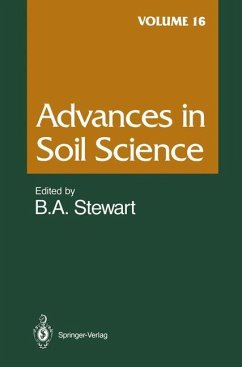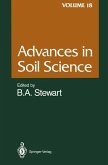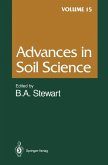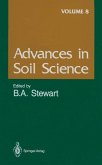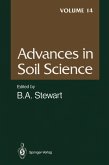The International Society ofSoil Science was organized in 1924 and the 1st International Congress ofthe Society was held in Washington, D. C. , United States ofAmerica, in 1927. The 14th Congress was held August 12-18, 1990 in Kyoto, Japan. Dr. Akira Tanaka, Society President, stated "It is a serious concernofpeopleintheworldtosustainhighfarming productivityfor feeding the ever growing population,and also to protect the environment for human habitation. For this purpose, it is necessary to maximize crop yield per unit field areathroughintensivemanagementofthesoilandcropsonlands which are best suited for crop production, and to leave lands which are suboptimal for crops under natural conditions insofar as possible. Soil science is respon siblefor planningtheoptimumland-usesystem,for managing soilsand crops with maximum efficiency, and for fighting intelligently against soil deteriora tion. " Dr. Tanaka clearly stated the challenges facing soil scientists, and they are indeed challenges. Even though the rate ofworld population growth has decreased somewhat in recent years, the consensus is that total population willdouble-to some ten billion-beforeit stabilizes. The increased produc tion of food, fiber, and fuelwood necessary for the people will require a continued supply ofnew technologies and management practices. The consensus of many scientists is that the greatest challenge is not increasing production, but preventing serious deterioration of the soil and waterresource base so theproductionlevel can be sustained. Therearemany historical examples where civilizations were successful for extended periods onlytoseesoildegradationleadtotheircollapse.

